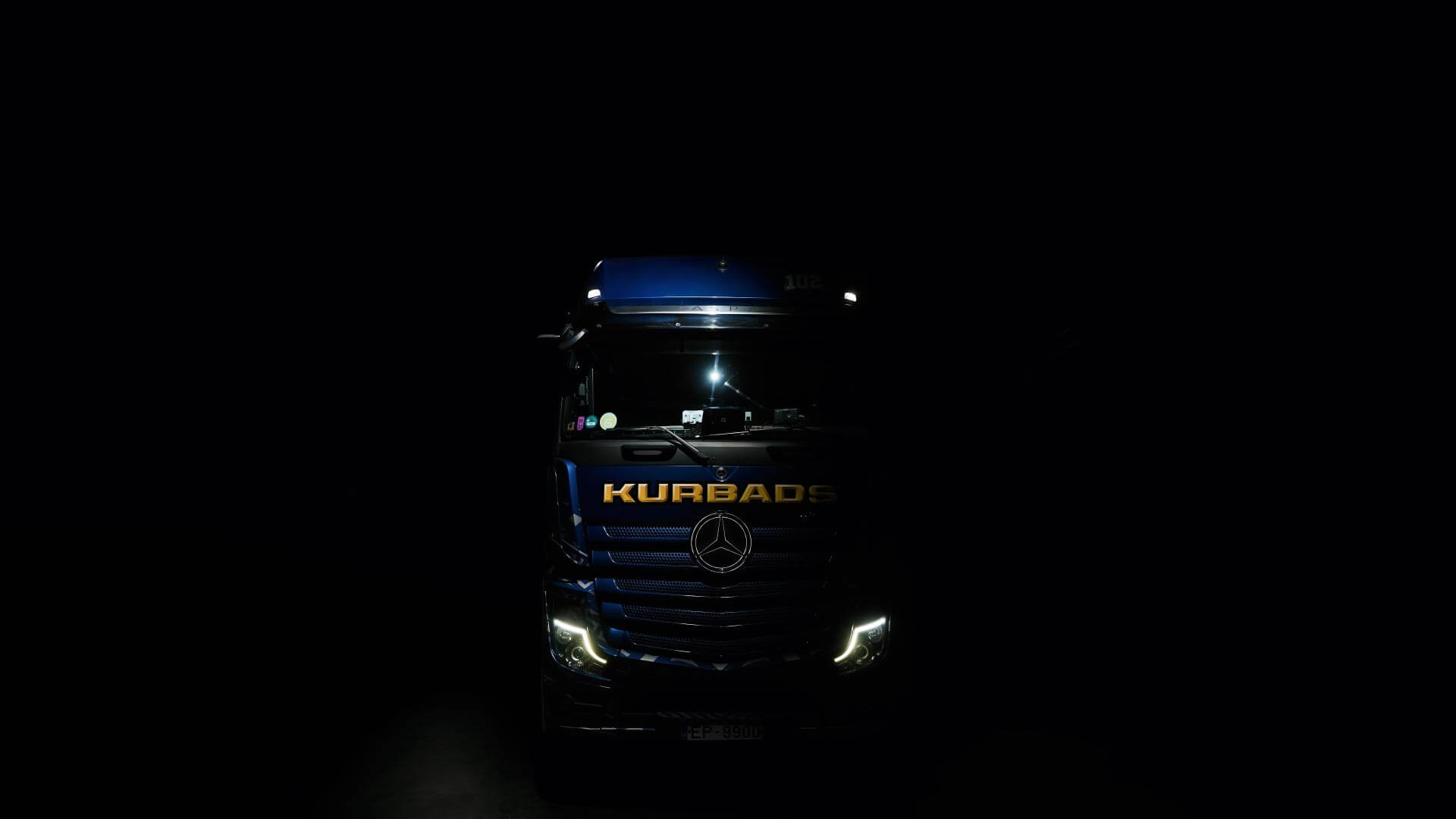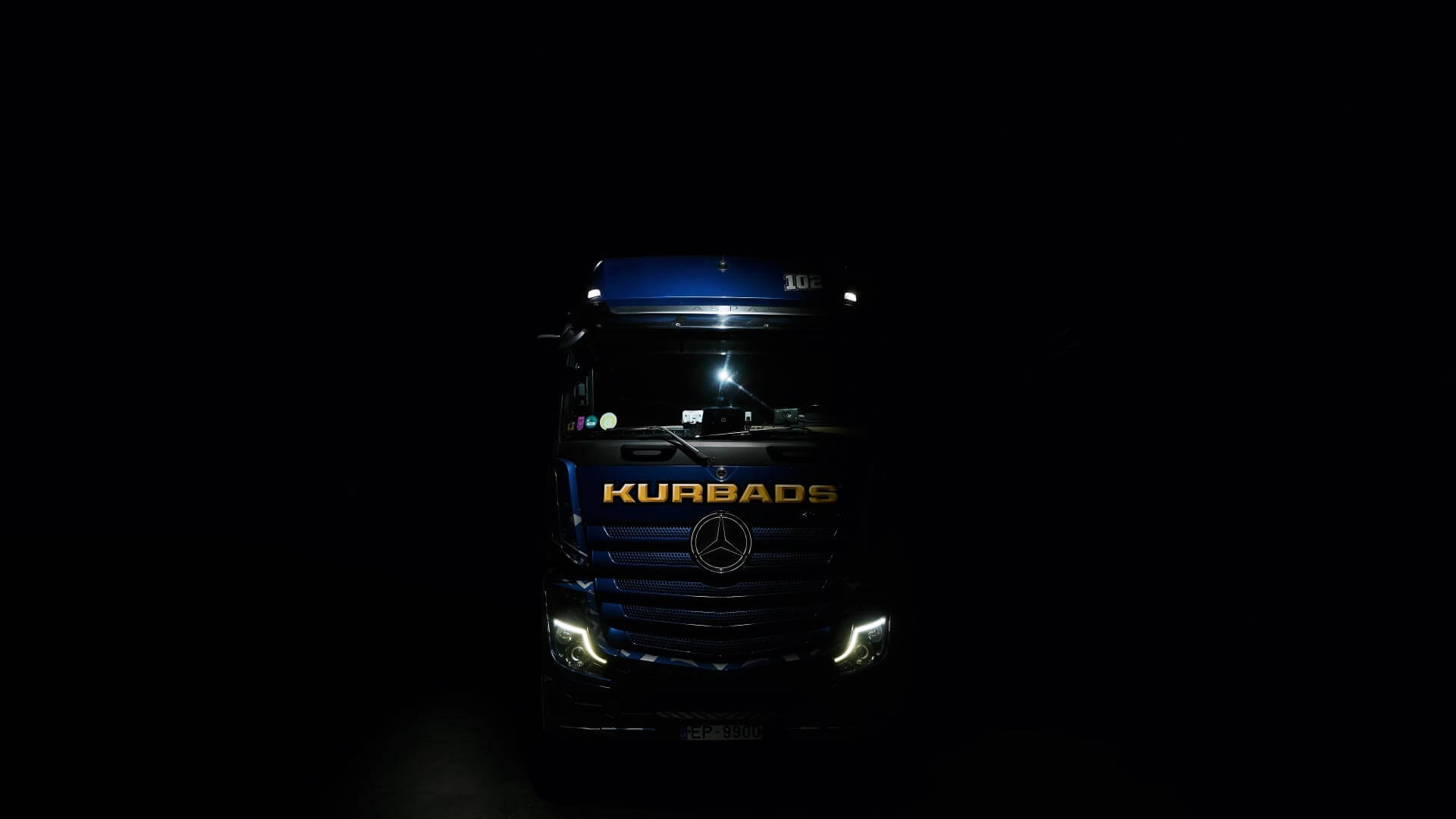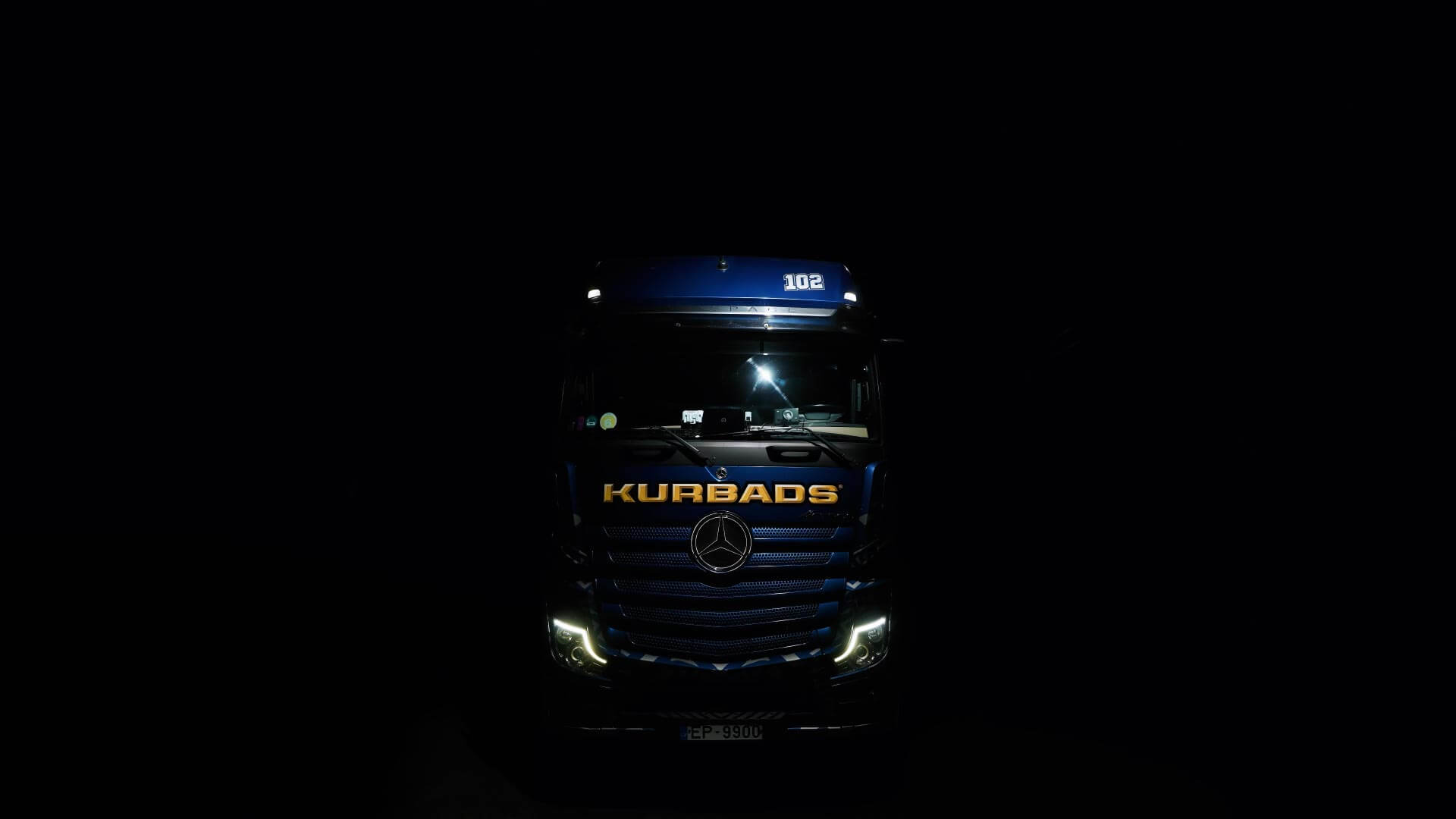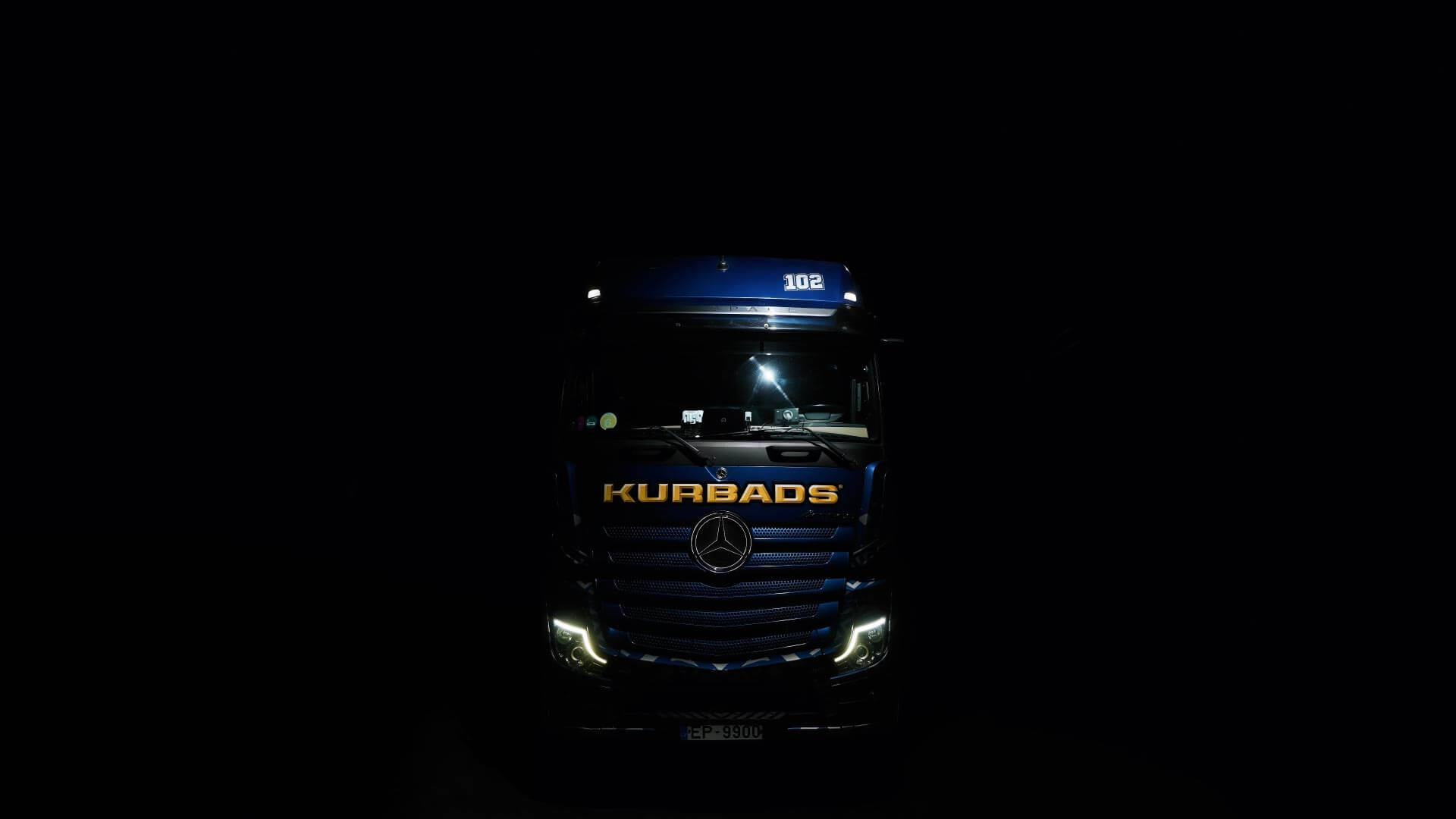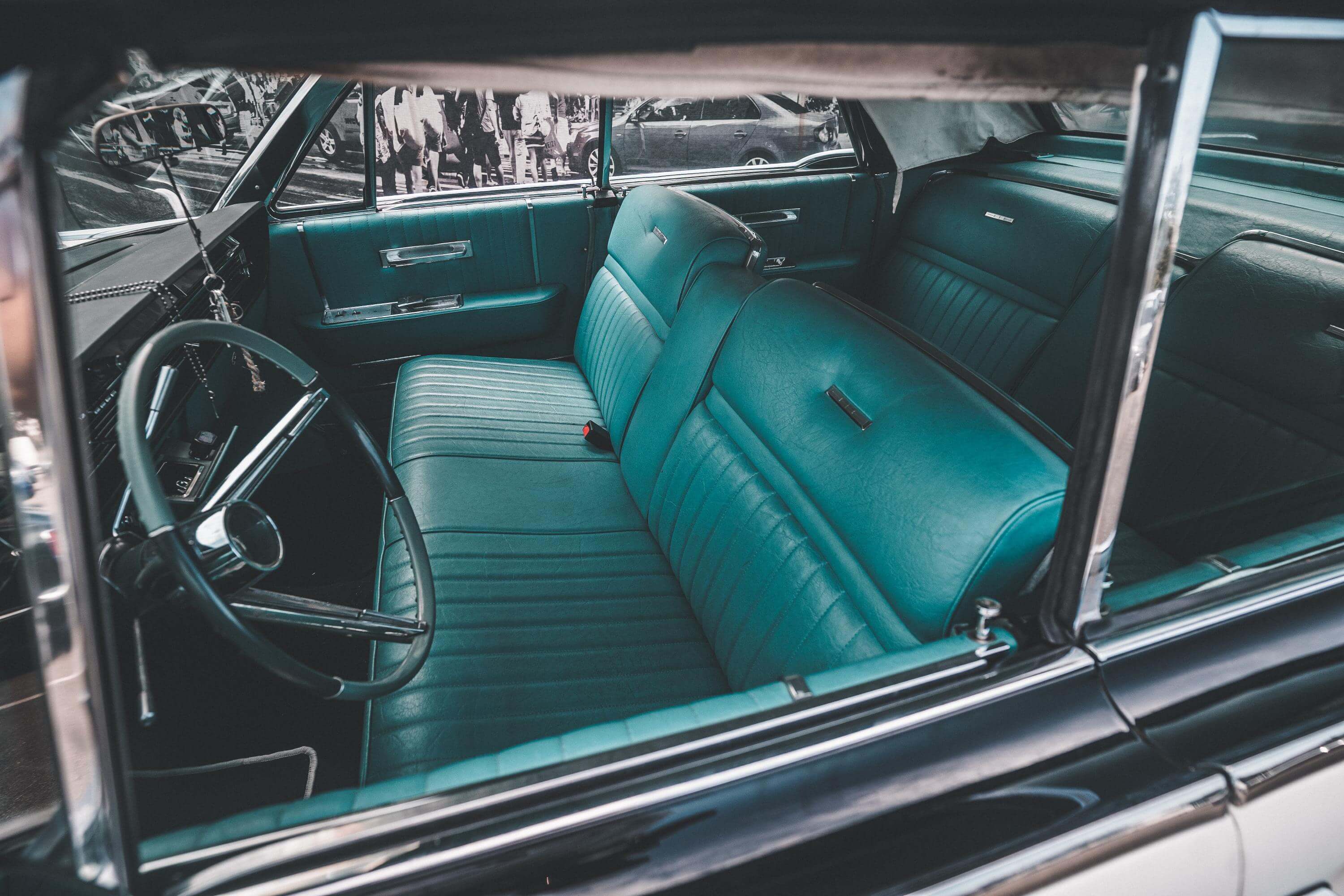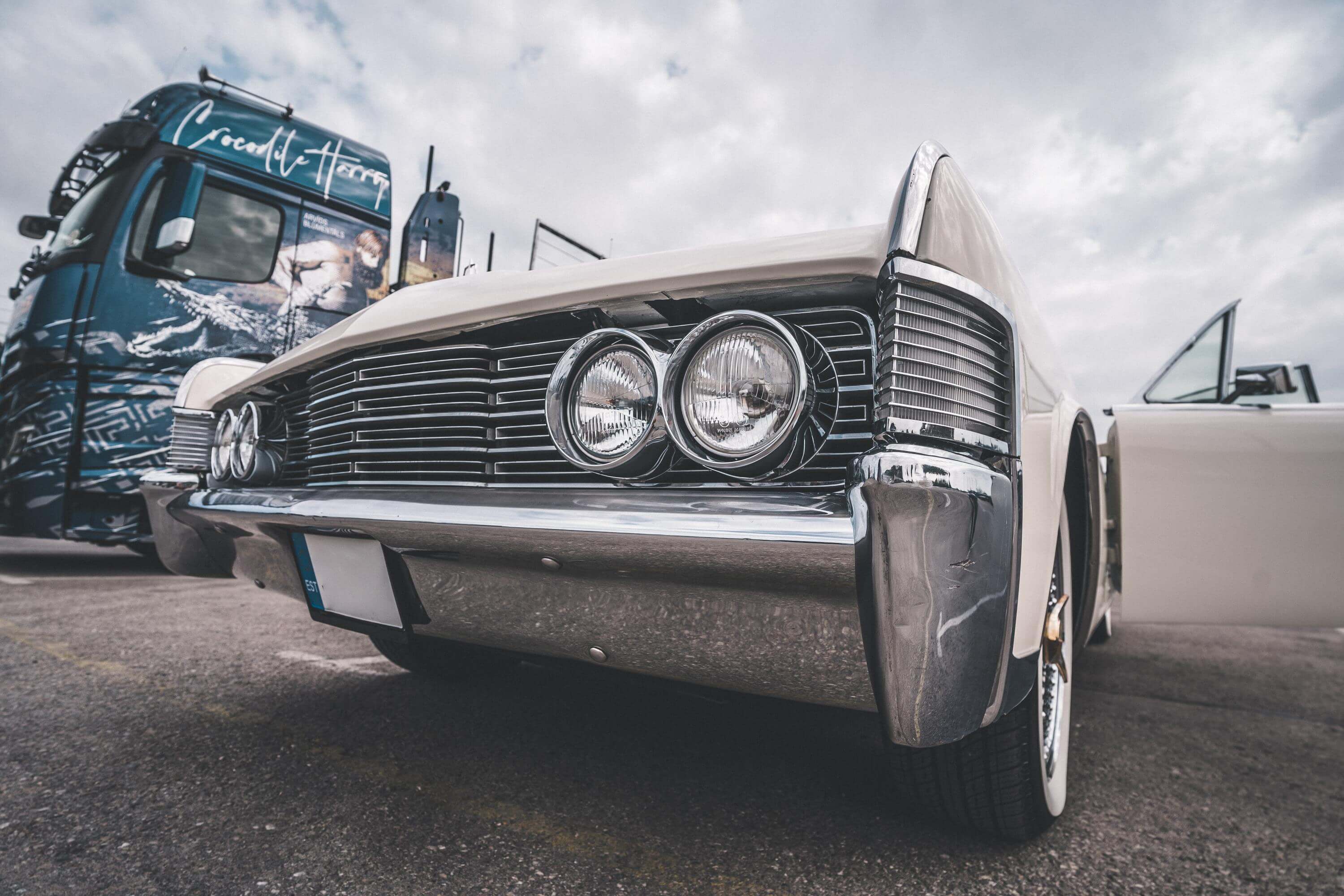Dream convertible with bizarre doors on Kurbads car carrier – Lincoln Continental Convertible

Have you ever wondered where and when originated the warning messages on the dashboards of modern cars? For example “door ajar” or “door open” is often found in American vehicles. According to one of the versions such a signal lamp was installed for the first time in the Lincoln Cotinental because in the 20th century, in the early 1960s the popular rear suicide doors before the Second World War returned to the fourth generation. In the course of their unauthorized opening there would be a danger of more than a purse falling on the street, so the cars were equipped with a warning that was later also widely used in other brands of cars.
As an innovative and prestigious model the Lincoln Continental became not only the first, but also the last car in the US automobile industry with rare design features. The Lincoln model we reviewed is said to be the last four-door convertible.
The fourth generation Lincoln Continental (1961 – 1969) was created under not very favorable conditions. The luxurious and expensive models of the 1950s had caused Ford colossal losses. Therefore, it was decided to eliminate the overly branched model range which had a lush growth of technically similar, but unprofitable models of various Mark series. At the same time, the privilege of Continental as a separate brand from Lincoln was abolished. The 1950s when the Continental Mark II was the most expensive production car in the US, costing the same as a Rolls-Royce Silver Cloud, were gone. The Mark sub-brand was destined to return in the 1970s with the cult model Mark III, but no one thought about it during the major redesign of the Continental.
In place of the old post – war design, smaller, more angular, however more contemporary designs came. The reason for the sharper stance of the Continental was that one of the models of the new Ford Thunderbird design was chosen as the leitmotif of the new design. As a four-seat convertible, it was considered the first post-war American open-top sedan and gained particular attention after US President Lyndon Johnson was spotted driving to church in one. Presumably, he wasn’t late, as the only engine available was a 7-liter V8 which was later enlarged to 7.6 liters, making it the largest engine ever installed in a Ford Motor Company passenger car. Power increased accordingly from 320 to 340 horsepower.
The fourth-generation Lincoln Continental was an avant-garde model not only because of its design and reverse rear doors. Although it was possible to open the rear doors even when the front ones were closed (provided by a half-cut B-pillar), the glass had to be lowered for this purpose. Relying on the customer’s skill and understanding, Ford engineers built a system that automatically lowered the glass as soon as the outer or inner door handle was pressed. Nowadays, frameless door glass, which automatically lowers and rises again by a few centimeters when the door is opened is a matter of course whereas in the sixties it was a technical hit. An equally unusual invention was the height-adjustable steering column because at that time the height of the steering wheel was mostly only changed “by angle”, that is with a pivot behind the steering wheel. All Continental convertibles were equipped as standard with an electric sunroof. If this seems like an obvious feature of an American luxury car, then electric windows and electric front head restraints – not always. The mechanism for lowering and raising the roof is equally impressive. It is adapted from the Ford Skyliner hard folding roof and occupies the entire trunk. The lid folds to the rear during the lowering process and is accompanied by a special folding extension that covers the rear of the car when the roof is down. This operation is so complicated that several videos on the YouTube channel are dedicated to it.


In the 1964-1965 model year the car saw its first major facelift, followed by another a year or two later. But the heyday of the Continental convertible was over. Having become the first four-door convertible since the Second World War in 1967 the impressive Lincoln lost public interest. Continental customers were keenly interested in the two-door Lincoln “hardtop” that debuted in 1966, which was also lighter and faster than the convertible. Four frameless doors and a retractable roof required such serious body strengthening that the Lincoln Continental ended up weighing nearly 2.6 tons with extras, making it among the heaviest Ford Motor Company passenger cars ever. The complex and therefore expensive production process of the convertible and the ever-increasing safety standards made it unprofitable to keep the extravagant vehicle in the Lincoln lineup. However, it has a good reputation in classic car circles because, despite being brutally gluttonous and large it is so enjoyable to drive that many owners even drive a Lincoln Continental to the office on a daily basis. Spare parts are also not a problem, and a lot of information about this car can be found on the Lincoln and Continental owner’s website https://lcoc.org












































